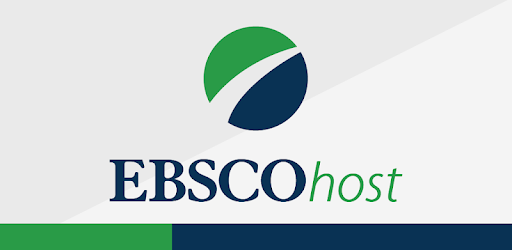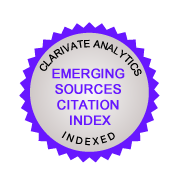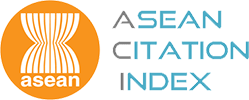Timor-Leste: A Country Profile
Abstract
Timor-Leste or previously known as East Timor, once the farthe st of the Portuguese colonies, lies in the longitude of 123°E and latitude of 90 S. Towards the south is Australia and in the north is the Republic of Indonesia. Approximately 40,000 to 20,000 years BC, the first people to have settled on the island of Timor, were of the Vedo-Australoide type. Around 3000 years BC, the second wave arrived. They consisted of Melanesians, similar to the people of Papua and some Pacific Islands. The third wave who arrived around 2500 BC consisted of 'proto-malays' – people coming from South China and North Indochina. Hi storically Timor-Leste was occupied by two nations, first Portugal and next by Indonesia. The Portuguese came for sandalwood and other resources in East Timor in 1515. Three centuries later, Portuguese introduced coffee plantations, sugar cane and cotton as new sources of revenue. Under Portuguese administration, Timor-Leste remained largely underdeveloped with an economy based on barter. Due to its geographical distance and internal conditions in Portugal, Timor was considered a neglected Portuguese colony. The average annual growth rate between 1953 and 1962 was very low, approximately 2%. Based on that fact, the United Nations declared TimorLeste a non-self governing territory under Portuguese administration. As a colonial power, Portugal was forced by the UN to be more serious in developing Timor. Before the Second World War, however, Timor-Leste was seen as strategically important. Timor served as a buffer zone for Australia. Under Japanese occupation, the Timorese lived under miserable conditions. Therefore they worked hand in hand with Australians to force the Japanese out of the island. This was the first instance of the close bond between Australia and the people of Timor. This had a tremendous impact on the existing relationship between the two states. The changed political situation in Portugal in 1974 were to have serious implication on the political future of the Timorese. The so called 'transition to democracy' in Portugal brought Timor to a new era when Portugal for the first time gave freedom to the people of Timor to form their own political parties. A violent coup took place on August II, 1975, in an attempt to seize power from the Portuguese and prevent the control of the left-wing Frente Revoluciomiria do Timor Leste Independente (Fretilin). The Fretilin won the struggle for power. On November 28, 1975, Fretilin declared an independent Timor-Leste as the Republica Democratica de Timor Leste (RDTL). However, the RDTL was only short-lived as ten days later on December 7 1975 Indonesian troops invaded the countey.Additional Files
Published
05-01-2020
How to Cite
Warhani, B. (2020). Timor-Leste: A Country Profile. Journal of International Studies, 4, 112–119. Retrieved from https://e-journal.uum.edu.my/index.php/jis/article/view/7884
Issue
Section
Articles






















